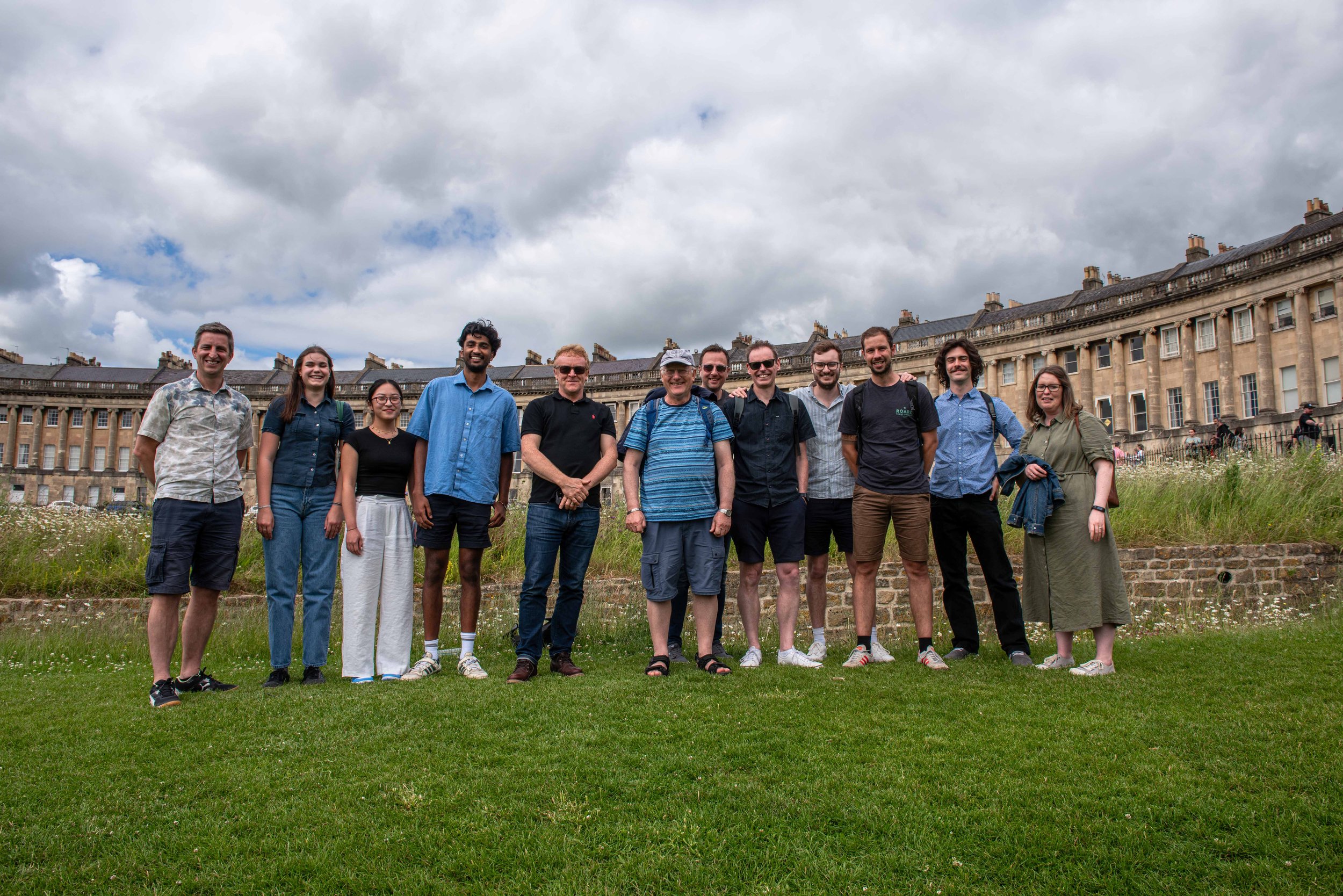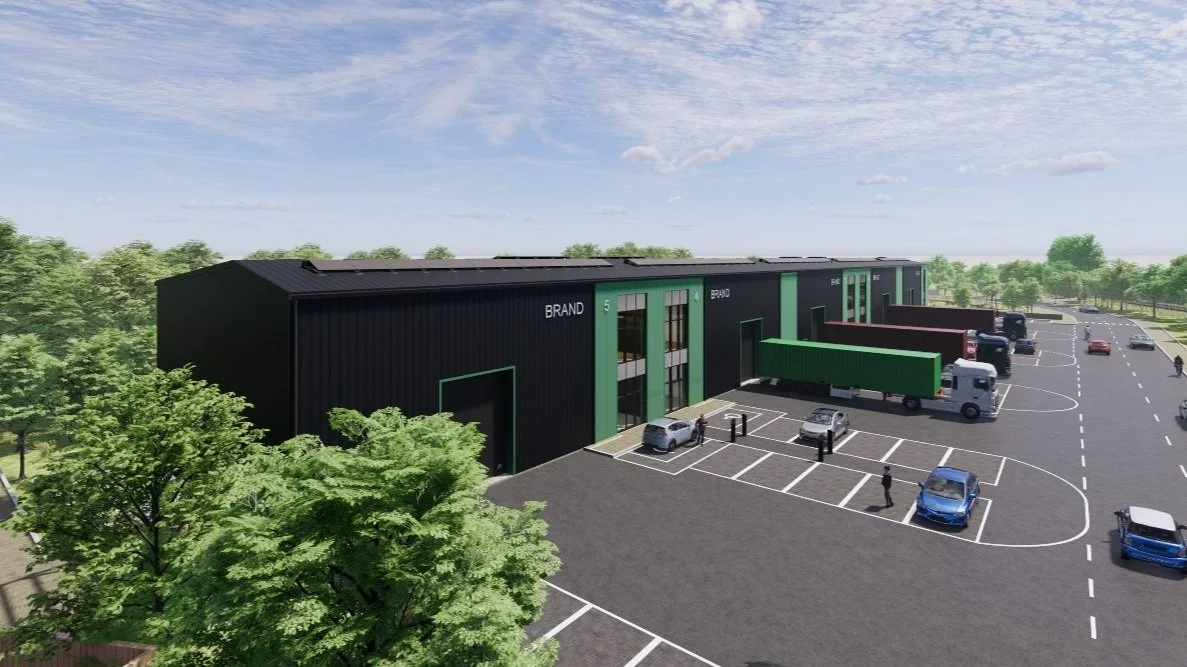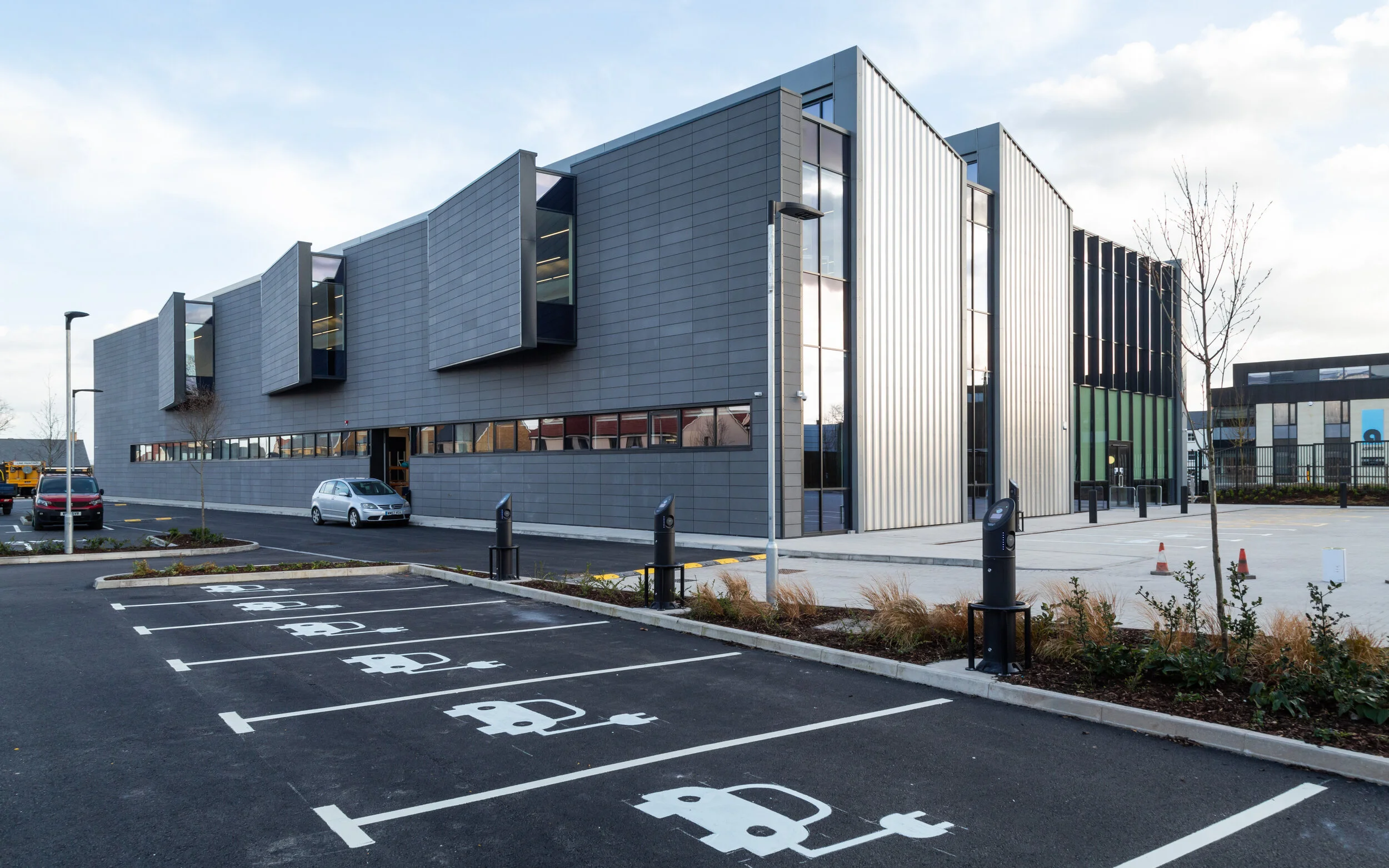Reflection on work placement with SRA
|Every year SRA welcomes students and graduates of architecture seeking experience of architectural practice. For some, this could be the first time working in a professional environment, others may have had some work experience while at school or during their studies.
No matter what their experience or skills, the unique contribution each student offers is invaluable. In return, we provide training and try to fully involve them in all aspects of architectural practice and projects - from BIM to site visits, from report writing to rendering - as well as social events, marketing, training, and strategy focus groups. We hope that this provides them with a positive, memorable, well-rounded and enjoyable start to their careers.
We currently have four Part 1 students. Charmaine, Elizabeth, and Ryan are all 2nd year students at the University of Bath. They are coming to the end of their six months with SRA and will be returning to university next month. Sean joined SRA in 2023 having graduated from the University of Portsmouth, and we are delighted that he has decided to stay another year with us before starting his Part 2 studies.
We asked Charmaine, Elizabeth, Ryan, and Sean if they would share their thoughts on their time and experience at SRA. What follows are their words:
Introduction
Written by Charmaine C., Elizabeth D., Ryan K., & Sean M.
Looking back at our experience working at SRA, as Part 1 Architectural Assistants, our time thus far has been nothing short of a rewarding and fulfilling experience. As early-career architectural assistants, we have been fortunate to gain hands-on experience while being guided by professionals, allowing us to hone our skills and further develop our understanding of the professions.
We have been able to engage and contribute across a plethora of sectors. Charmaine was primarily involved with projects in the R&D sector, developing adaptable workspaces for cutting-edge tech companies, alongside office refurbishment projects. Elizabeth has spent her time at the practice creating visuals for different automotive brands and assisting in a range of challenging office refurbishment projects. Ryan has been involved heavily in the retail sector, embracing the challenge of designing engaging customer environments while adhering to strict corporate identity guidelines. While Sean has contributed greatly to automotive projects, helping to design and deliver high-end showrooms and state-of-the-art workshops that reflect the brand identity and enhance the customer experience.
Across our varied project activities, we’ve learnt and honed new skills, including new software and site visits as well as non-project related activities that keep us connected and inspired within the wider practice.
Skills
Written by Ryan K.
For each of us, our journey at SRA marks our initial foray into a professional work environment, offering a comprehensive understanding of the roles and responsibilities of an architectural assistant.
From the very first day at the practice, we were introduced to industry-standard software such as Revit, MicroStation, and other CAD based programmes. Complementary to those were programmes such as Enscape, a real-time rending and virtual reality plugin that provides various visualisation opportunities, Adobe Creative Cloud, and others. This hands-on learning approach not only accelerates our proficiency in these tools, but also immerses us deeply into our projects. It provides a practical understanding of the construction process and the feasibility of a design, thereby bridging the gap between theoretical knowledge and its practical application.
There is also a lot of ‘learning through osmosis’. The welcoming atmosphere and open-door policy, coupled with the practice of hot-desking, exposes us to diverse working styles and methodologies. Engaging in various conversations and discussions unveils aspects of a project that are otherwise on the periphery of an architectural assistant’s project activities. Moreover, the opportunity to participate in design reviews, technical reviews, and other collaborative sessions further enriches our learning experience and professional growth.
We’ve gained awareness of the broader construction process, including interactions with clients, coordination with other consultants, and adherence to building regulations and planning requirements. Awareness of professional responsibilities, such as quality assurance and health and safety protocols, is crucial. The holistic approach highlights the skills needed to be proficient in the design and in the delivery of a project.
While our proficiency in various software tools is essential, of equal importance are the soft skills that are cultivated – such as effective communication, teamwork, problem-solving, and time management. These skills are vital for our professional growth, honed through real-world experiences and interactions within the practice.
Site Visits
Written by Elizbeth D.
While at SRA, I have had the privilege of visiting a diverse range of sites, each offering a unique insight that has broadened my understanding of our projects far beyond what I could glean from drawings alone. One such visit was to a prospective office location, freshly stripped of its previous fit-out. This provided an opportunity to engage directly with the client and quantity surveyor, discussing their envisioned changes and strategies for the best approaches to realise them.
On another occasion, I joined a progress meeting on site at Nebula, in Milton Park This site is particularly fascinating as it comprises three buildings, each at a different stage of construction. Observing the progression of these structures offered invaluable insights into the construction process.
Witnessing the transformation of these projects from a conceptual CAD design to a tangible structure, where I could see and feel the various elements beneath the skin of a full-scale building, has been an enlightening experience, that has only reinforced my stance on the importance of site visits in bridging the gap between theory and practice of architecture.
Beyond the Blueprint: Embracing Non-Project Activities
Written by Sean M.
Much of our time is understandably devoted to the various projects that we work on. However, beyond this, what often goes unnoticed are the various non-project related activities that significantly contribute to the well-being, creativity, and team spirit within the practice.
For example, there is the practice’s ‘Gardening Club’ which often acts as a refreshing escape from the confines of our computer screens. A group of us will gather in the SRA garden, where we plant, nurture, and maintain the garden and eat lunch together. This endeavour creates a living, breathing space that serves as a reminder of the importance of connecting with nature, and how it can rejuvenate the mind and enhance creativity, teaching us that nature is a foundational pillar of architecture.
We also had the opportunity to be involved with the practice’s communications and social media team. We would work collaboratively to craft content that represents the ethos and personality of our practice. From brainstorming sessions to content creation, this involvement has offered a unique perspective of how architecture intersects with branding and marketing, challenging us to use our creative skills in a slightly different manner.
Architectural practice is not just about buildings, but it is also about the relationships and environments we create both within and outside of a project. By participating in practice life outside of project work, we engage with colleagues in new ways, enriching our overall experience, and approach to the process of architecture. These activities play a crucial role in shaping a balanced, dynamic, cohesive and enjoyable workplace.
Conclusion
Our time at SRA has been profoundly transformative, equipping us with invaluable experience and skills that will underpin our future careers in architecture. The opportunity to engage with a diverse array of projects, utilise industry-standard tools, and learn from seasoned professionals has been instrumental to our development.
In addition to technical proficiency, we have cultivated essential soft skills such as communication, teamwork, and problem-solving. The site visits and non-project activities have significantly enriched our understanding and appreciation of the architecture profession and wider construction industry.



































